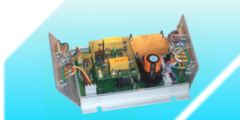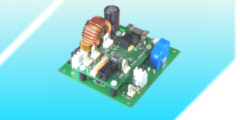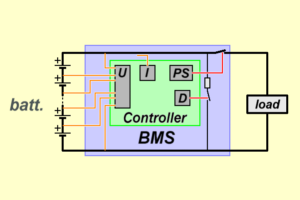A BMS consists of several sub-units for different functions. They depend on the various operational scenarios of then battery:
- Operation: The battery has to function with high reliability even on a high power level (as usual).
- Charging: After the operation the battery needs recharging. The charging process must stay close to the manufacture's specifcation. Especially lithium batteries require a considerable effort: cut-of voltage level, cell balancing.
- Storage: The reliability of batteries heavily depends on the storage conditions between "Charging" and "Operation". Some manufacturers recommend to discharge the batteries after several days, when non-operational.
A BMS has to collect data (voltages, currents, temperatures), but also control processes. There are several protective measures connected to power switches which are operated by the BMS (similar to the classic one-off fuse, but with a more sophisticated operation).
|





